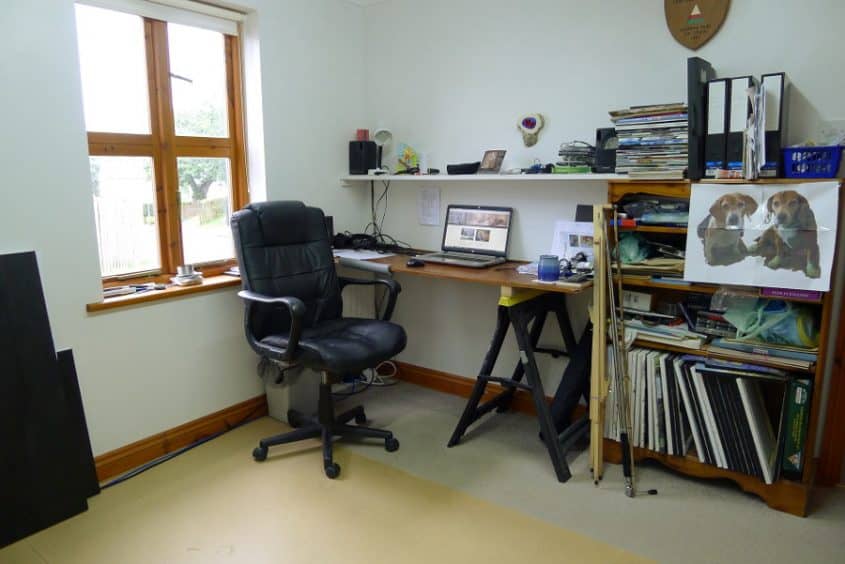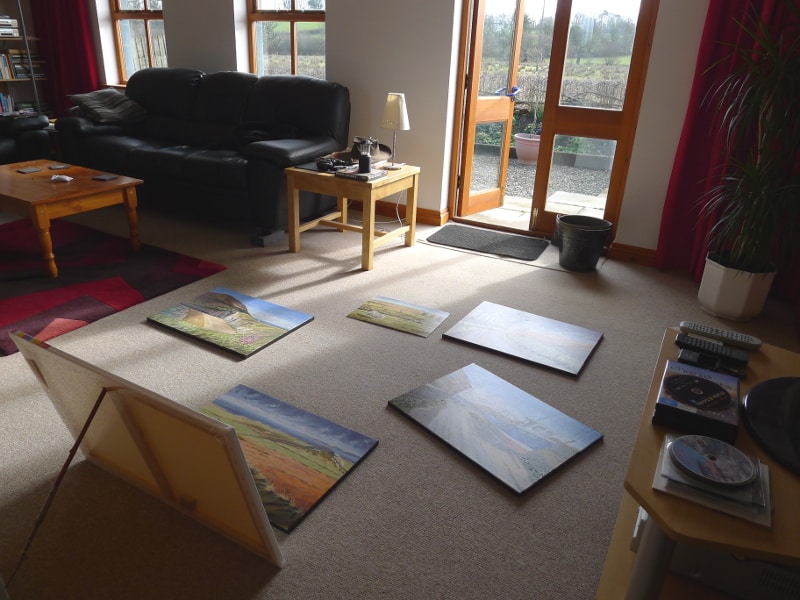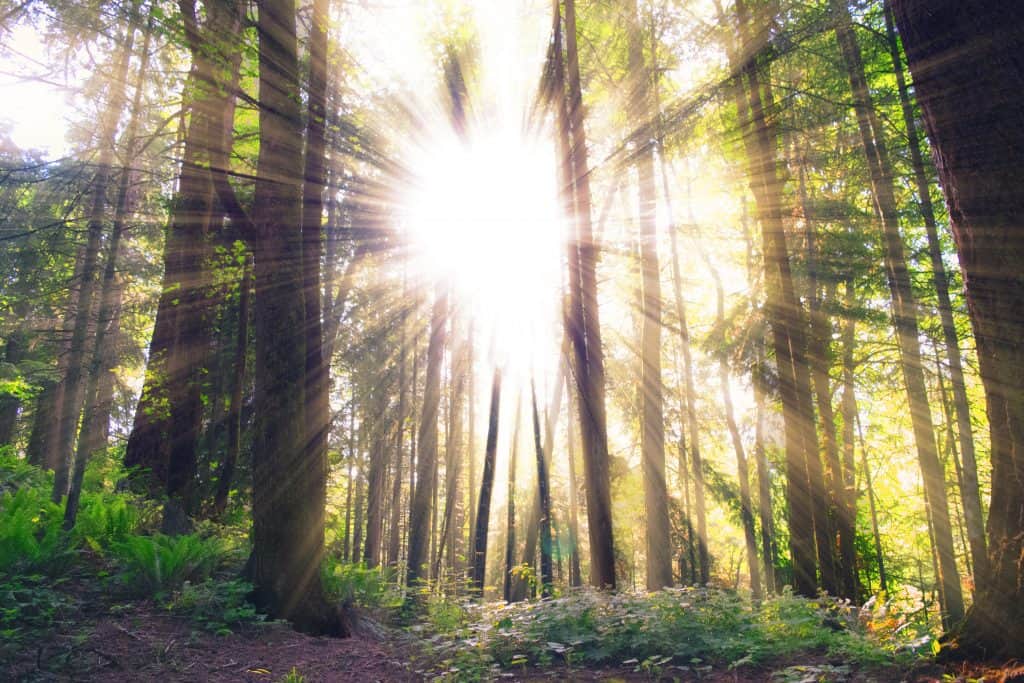In the northern hemisphere, northern light is said to be the best light in which to create art, and this is true, but why is that?
Initially, we might think light is light, right?! …so how can one direction of light be so much better than another?
Here are a few reasons:
Northern Light
- Northern light is effectively reflected light, and doesn’t come directly from the sun, but is in fact light bounced off everything else; building, trees, the ground, the atmosphere..e.t.c ..and generally has a constant cool value.
- Northern light, because it is effectively reflected light, does not change tone or warmth throughout the day as much as direct southern sun light does. When the sun first comes up in the morning it’s a lovely yellow/orange colour and quite warm, but as it raises in the sky throughout the day it becomes less so, and at the sun’s highest point in the sky the light is a bright yellow, almost white colour.
- Northern light doesn’t change direction throughout the day, not as much anyway.
Southern Light
- Southern light is a wonderfully direct sunlight, but it’s beaming down on you from something that is moving across the sky at a rate of knots
- Southern light changes tone and warmth as the sun rises and falls in the sky throughout the day – see point 2 above.
- Southern light changes direction throughout the day. That is to say the light ( the sun ) is in a noticeably different place every few minutes.
- Southern light casts strong shadows, which move as the sun moves through the sky.
The main problem with painting in a studio/room lit by southern light is the constant shifting light direction. As the suns rays move across the sky, shadows created by that moving light move around in your studio/room. You might even end up painting on one side of the studio in the morning, and having to move to the other side to paint in the afternoon to avoid these direct rays of sunlight or shadows.

Above is an example of north facing light; notice there are no strong shadows or patterning on the floor. The light is even and cool in tone. Compare this image with the image below. I also have a daylight lamp switched on in this photograph.

Above is an example of south facing light; notice the patterning on the carpet is a mixture of bright sunlight and strong shadows. Not ideal light in which to paint. This is my set-up for photographing painting, when conversely southern light is ideal.
The second problem when painting in southern light is that your painting will visibly change colour throughout the day, and what you thought was a nice warm orange in the morning, might reveal itself to be a red-hot orange by the end of the day, when much warmer evening sunlight is coming through your window.
Having said all that, few of us work in a purpose-built north facing art studio, and if you paint in a room/studio with southern light coming through the window there are a few things you can do to lessen the sunlight’s disruptive effects.
Solutions
- Avoid painting when the sun is very high in the sky, and do most of your painting in the mornings and late afternoon, when at least the light will be similar.
- Diffuse the light that comes through your window by fitting blinds to the windows. These come is a myriad of different strengths, from ‘sheer’ which will diffuse the light but still let plenty of light in. Semi-sheer, which diffuse more light but also blocks more light, right through to black-out blinds. Google ‘diffusing window blinds’ and see what you can find.
- A very cheap quick-fix is to buy some tracing paper, or possibly even grease-proof paper that is used for baking, and tape it onto your south facing widows. This works wonderfully to diffuse the light and is easily removable should you need.
- A well positioned day-light lamp – this of course gets over most light problems, the down side being they aren’t always suitable, eg; if your painting area is usually a different part of the house, like the dining room or bedroom. They can also be quite expensive.
I hope that helps explain why artist prefer northern light, if you have any questions let me know.
Chris

Hey Chris thanks for your Post. I have 2 rooms, one with a big Windows to the east and south, the other room has a big Window to the West and south. Wich one Do you think is the better choice for painting?
Hi Max, may depend whether you paint mostly in the morning or afternoon. Direct sunlight isn’t always best, so if you paint in the morning most of the time choose west/south room, if you paint mostly in the afternoon choose east/south, providing you’re located in the northern hemisphere ~ Chris
Thanks for the great tips! I’m putting in a small 10×12 studio that will have high north facing windows and a double glass door facing east. Do you have any thought on any other windows or skylights?
Hi Leslie, that sounds ideal. One other consideration might be to install ‘daylight’ lighting for winter or when the natural light is poor outside. I myself have a 48 inch daylight fluorescent tube installed on my ceiling for these times ~ Chris
What about east facing light? Thanks, Linda
If east facing light is what you have it’s of course fine Linda, just that northern light is optimal. Chris
so do place my back to the north light or face it directly
It doesn’t matter if you’re painting indoors Anne, if the room is well lit it will be full of diffused light. Chris
this was a very interesting blog. I am in a small studio which has two windows. one a large sky light. the solution to cover it with tracing paper is simple and cheap. thankyou so much. carol
Hi Carol, you’re welcome, I’m glad you found the post helpful, I hope it improves your studio lighting. Best wishes, Chris